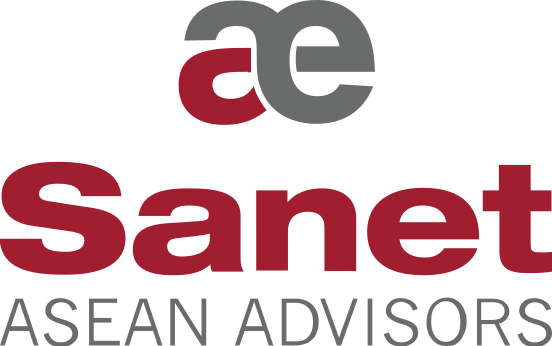The Initial Situation
A European outsourcing company, which manufactured the products of a well-known brand for worldwide sales, faced a difficult task: The internationally operating, major customer expected the management to transfer production for the growing markets in China and Asia from Europe to Asia, where it would be inexpensive and closer to the customer market in this region. The company decided upon this internationalisation without having extensive international experience.
The board was faced with the task of finding a production site in Asia that was ideal for the supply of these markets. So, it turned to Sanet to advise the company strategically and to accompany the implementation of a foreign investment.
The Process
Strategic Decision:
In workshops, together with the customer, Sanet first of all developed a list of requirements for the optimal location of the future factory. At first glance, China came into consideration because this was where the main supply markets were, or a country in Southeast Asia.
An argument against China was that the European company as an outsourcer or “OEM” enjoyed the highest trust of its customers with regards to the protection of their intellectual property. This trust argued against any location at which the clients’ intellectual property could only be safe-guarded to a limited degree. For Southeast Asia, in addition to the better protection of these rights, there was also the factor that there were highly developed production sites in Malaysia and Thailand where low cost, high quality goods were produced.
The first decision made was that Thailand should be the investment country. The arguments for Thailand were good infrastructure, a good supplier market, a deep-sea port and an offer of total or partial exemption from corporation tax for up to 14 years. The low transport costs and lead times of 6-10 days to China were optimal, logistical conditions.
Location Analysis:
We then needed to find the optimal production site within the country. Sanet was therefore commissioned to carry out a site evaluation. Six potential sites were included in a shortlist.
In the context of this research, the selection criteria were first established. The country’s investment incentive played an important role, as this comprises 3-14 years tax exemption or tax relief depending on the region. The advantages of considering such a location were weighed with the transportation costs of major suppliers and to the ports, which was of considerable significance in view of a planned 400 containers per year.
Finally, the local labour market, proximity to hospitals, residential and leisure facilities for foreigners and easy accessibility of airports were included in the evaluation.
Ultimately, “Euro Dragon” chose an industrial area in Prachinburi. Here, the highest subsidies were offered by the Thai government, there was a large pool of labour from the Thai Isaan region and an extremely well setup industrial park, whose prices were not inflated by companies from the automotive industry. In addition, the medium-sized and highly diversified character of the neighbouring companies gave “Euro Dragon” a business environment that corresponded to the character of the company.
Precise calculations showed that these cost advantages far outweighed the slightly higher transport costs to the deep-sea port, to some suppliers and a major customer in northern Thailand.
Implementation:
EuroDragon organised the production planning and construction themselves through a German CEO who was fully on board from a very early stage.
Sanet supported the phase up to SoP by preparing both the management and the skilled workers, who were to support the setup of the Thai production, intensively at first and then at a reduced level. Through several coaching sessions, the preparation included work culture, behaviour towards and expectations of Thai colleagues, religious and other peculiarities of the monarchy and specific risks in the social environment.
The Outcome
Not quite two years after the commencement of joint strategic planning, a production plant in Thailand went into operational mode. Compared to the plans, the number of employees exceeded figures by over 100% in the first two years. The production facilities soon had to be supplemented and expanded. The parent company in Europe was also able to successfully transfer the production of an affiliated company, which was facing strong price competition, to facilities in Thailand.
Of particular importance: “Euro Dragon” is now a global, strategic partner for its international customers for whom it was previously a respected, but “merely” local European manufacturer.
Then and Now
Following completion of the investment project, Sanet has been entrusted with further tasks. For example, as part of a localisation project, savings in the high six-figure euro range were achieved through the search for and pre-qualification of new suppliers. In another example, through the current two-year project, Sanet identified and qualified a number of potential, new Thai customers and established the connection.

